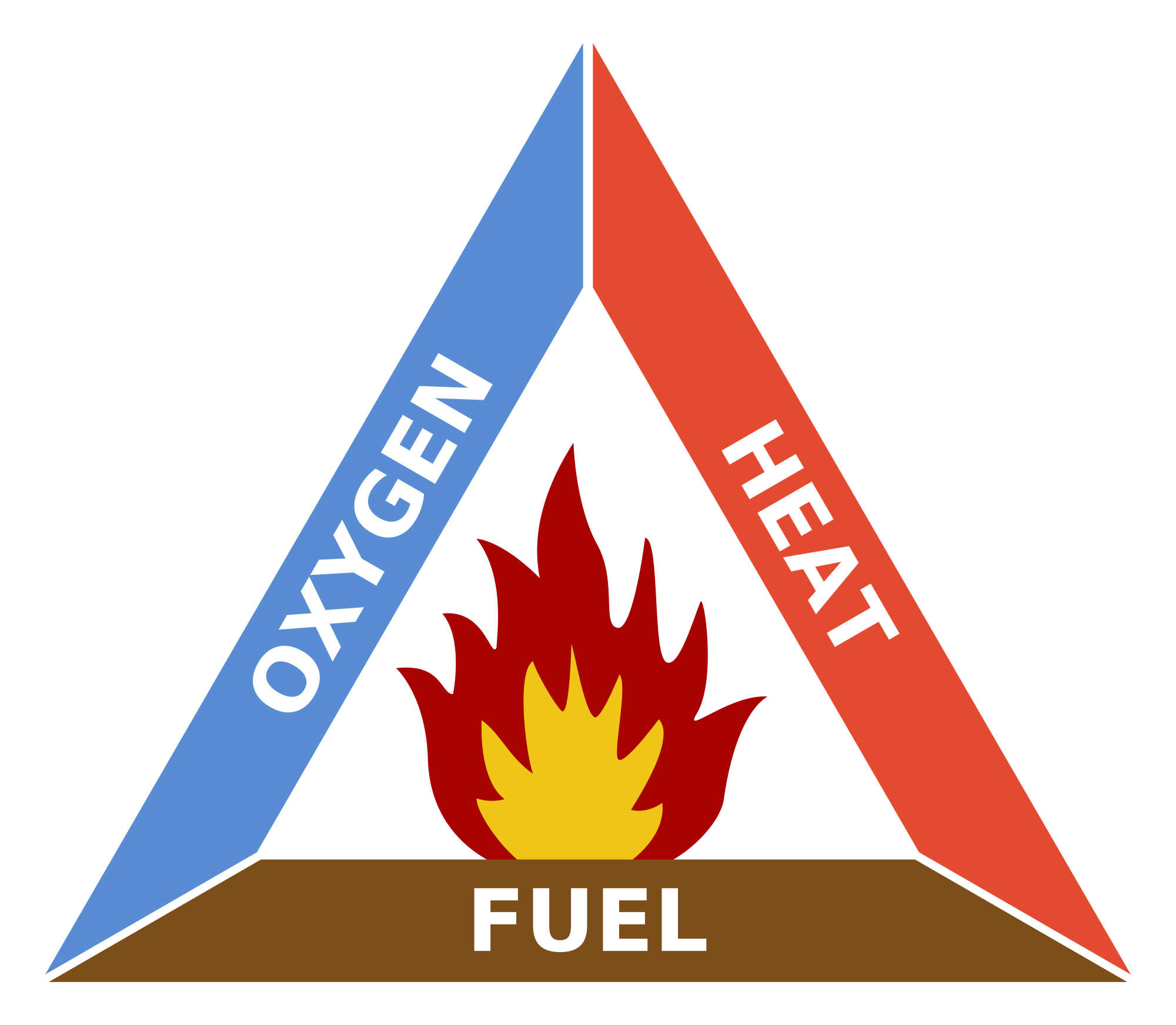How Water Puts Out Fire

How Water Puts Out Fire
Why does water put out fire? Although something that most toddlers would ask in their ‘why’ stage, it’s actually a valid question. Without getting too detailed, the answer has to do with energy, chain reactions, and temperatures.
When water comes in contact with fire, two reactions occur. First, the water’s temperature rises to a boiling point, and then the water evaporates from liquid to gas. The energy created by the fire comes in contact with the evaporation, thus lowering the temperature of the flames until they disappear.
However, there is a loophole to the above theory. Water doesn’t actually have the power to put out all fires, as it may only prevent the flames from spreading further. The effectiveness of H2O depends on the type of fire being fought. For example, if what is burning is gas or oil, then water is highly inefficient to stop a fire. This is because those materials are lighter than water and therefore float on top of it. In such cases, carbon-dioxide foams or sand may be applied to the area. Water only works when you have a solid fuel that will absorb it (i.e. wood, paper, cloth), which happens to be the most common fire type.
For any fire to occur, oxygen, fuel, and heat are necessary as this is also known as the ‘fire triangle’. At least one of these elements needs to be removed in order to kill a fire. When water is applied, heat is what is taken away. In recognizing the science behind the art of putting out flames, fire hoses are designed to expel in the form of small droplets. By resembling more of a mist than an actual ‘shower’, this actually improves the chances of water evaporating, which speeds up the fire fighting process.
Everyone is taught that water puts out fire but we’re never really told why. By looking further, you’ll find that the answer isn’t always as simple as it seems. But one thing is for certain: water remains one of the simplest and effective means of putting out traditional fires, giving us at A.Y. McDonald yet another reason to be proud of helping make water work!

